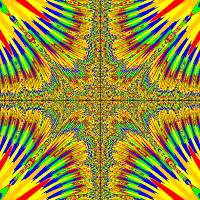I have a couple questions, for some reason I can't get the game to end when the cycles touch the world edge, I also for my project need to add an instruction and you win screen, should that screen be done by changing the world or just adding an image and then removing said image. Thanks.




